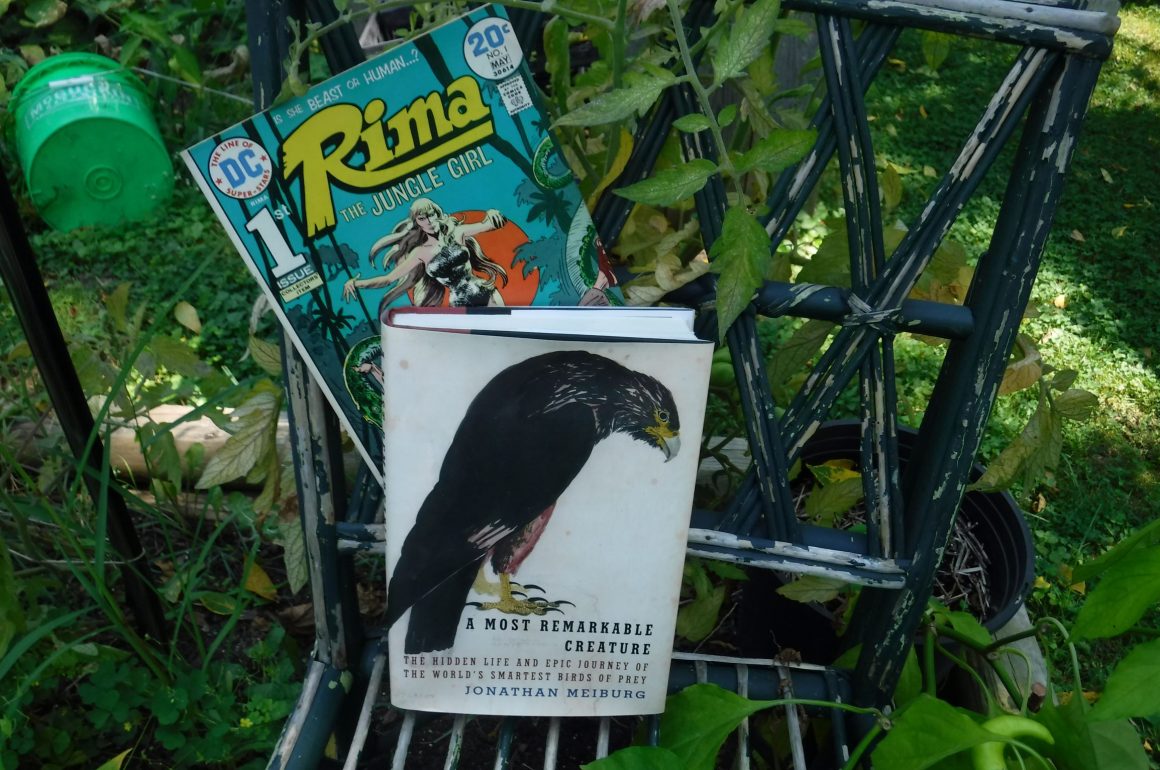
You get three or four books in one with Jonathan Meiburg’s A Most Remarkable Creature: The Hidden Life and Epic Journey of the World’s Smartest Birds of Prey. And it’s more than the sum of the parts.
There’s a meditation on and biography of the American/Argentinian/English naturalist and novelist, W.H. Hudson; and a primer on geological history, including the continuing zoological effects of the “Great American Biotic Interchange”; and a travelogue of an extraordinary river trip through Guyana. (About the last, Meiburg’s traveling companion told him, over the roar of the outboard motors as they were starting out, “WE’RE GOING TO A REALLY EXCELLENT FOREST – IT’S WHAT EVERY OTHER FOREST WANTS TO BE”)
All of these sub-subjects have a locus and a connection: the caracara. If you live north of the Rio Grande, Meiburg says, you may not be familiar with the birds (although – see the last paragraph of this review – they themselves may be changing that circumstance in the near term).
Immediately at the start of the book, Meiburg infects the reader with his delight in one caracara species, the Striated, a resident of the Falkland Islands and Tierra del Fuego, and the southernmost bird of prey in the world. They seem “disarmingly conscious,” he says, with an earnest, playful quality: they “crane their necks to peer at everything with keen but slightly dubious interest, as if they’ve just emerged from the ark and wonder what else the world might have to offer.” Meiburg doesn’t say it in so many words, but it’s almost as if he believes he and the birds are in telepathic converse. He’s clearly smitten; you will be, too, with his evocative writing about the handsome “Johnny rooks.” (That’s the striated’s colloquial nickname – is there a cooler, more wonderful moniker for any bird than that?)
In other words, the caracara’s behavior is totally different from that of, say, the peregrine, though they’re both falcons, and diverged from each other on their evolutionary paths pretty recently. As Meiburg puts it,
Peregrines love solitude, crave routine, and avoid mistakes. Johnny rooks love novelty, crave company, hate boredom, and do risky things all the time, investigating anything that catches their curious eyes. Like us, they seem to have an uncontrollable urge for discovery.
The explanation for these differing attitudes toward life (and much, much else) has to do with the aforementioned biotic interchange — what one paleontologist, as quoted by Meiburg, called “one of the most extraordinary events in the whole history of life.”
It involves plate tectonics; and the separation of North America from South America and their eventual reconnection; and the end of the Cretaceous Era thanks to a big asteroid, and the movements of animals, including humans, in response to all of those things. It’s too complicated, and unnecessary, to detail in a book review; suffice it to say that Meiburg’s treatment of these subjects is riveting.
The center of A Most Remarkable Creature is Meiburg’s trip down the Rewa River in Guyana, through a “wilderness like no other on Earth.” (Others agree; see this rave review from James, posted earlier this year.) Meiburg went there to see a cousin of the Johnny rook, the Red-throated caracara (shown here, screaming, in their striking territorial display),
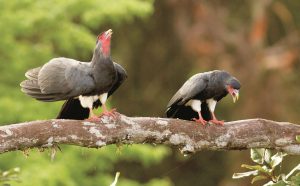 and to visit the setting for W.H. Hudson’s most popular novel, Green Mansions. (The heroine of that 1904 book, Rima, was later played in the movies by Audrey Hepburn; and was the star of a DC Comics series, “Rima the Jungle Girl.”)
and to visit the setting for W.H. Hudson’s most popular novel, Green Mansions. (The heroine of that 1904 book, Rima, was later played in the movies by Audrey Hepburn; and was the star of a DC Comics series, “Rima the Jungle Girl.”)
Difficult it would be to imagine better or more entertaining traveling companions than the ones Meiburg had for his trip: Sean, a hyper-enthusiastic Canadian PhD in Red-throated caracaras (he of the “REALLY EXCELLENT FOREST” comment); and Brian, Rambo, and Jose, three Amerindian natives (I use that word in the sense of “they live there”). English is the official language of Guyana, with a distinctive cadence and idiom. Starting off on a night hike into a dark forest filled with ferocious army ants, jaguars, and the world’s largest spiders, Jose (shown below) warned Meiburg solemnly: “Do not get the panic!”
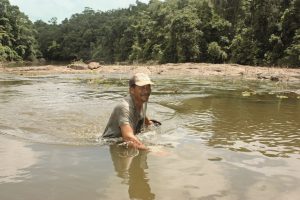
There are several other caracara-centric topics that form subjects for parts of A Most Remarkable Creature – not just the ones discussed here. Meiburg melds them all together in a coherent and really delightful way.
The book has copious endnotes, nearly 50 pages of them, with sources for the text, and much interesting-looking detail and elaboration. But the main text has no superscript numbers or other endnote indicators, so the inattentive reader may be dismayed when, at the end, he finally finds them, the endnotes, and realizes he will pretty much have to read the book all over again.
Well, I know of one such guy, anyway.
As to the caracara’s plans for the future: they have been seen, in the last twenty years, in Maine, Montana, and Washington State. (The Northern crested caracara, below, was photographed in Skycomish, Washington, 45 miles east of Seattle, in 2014.) With abundant roadkill (1.3 million deer killed by cars in 2017-18, plus many smaller mammals), caracaras, famously omnivorous and unfussy eaters, may find the North to their liking. “They’d be a reminder,” Meiburg concludes, “that the terms of the Great American Biotic Interchange are still being negotiated, and that it doesn’t belong only to the past.”
_______________________________________________________________________________________________
Photographic credits in order of appearance in the review: Andrew Stanworth, Sean McCann, Sean McCann, Doug Schurman.
_______________________________________________________________________________________________
A Most Remarkable Creature: The Hidden Life and Epic Journey of the World’s Smartest Birds of Prey, by Jonathan Meiburg. Alfred A. Knopf, New York, $30 (U.S.); $40 (Canada). March 30, 2021, ISBN 9781101875704 (hardcover); 9781101875711 (ebook).


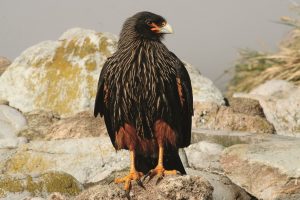





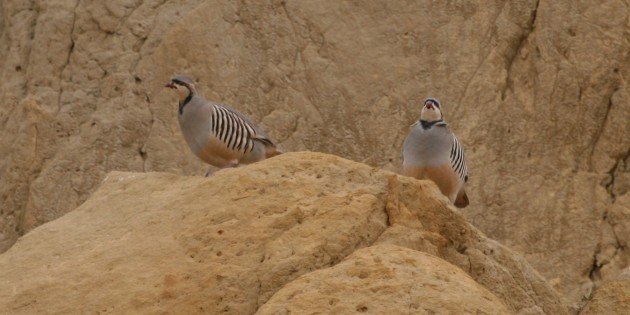
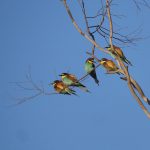
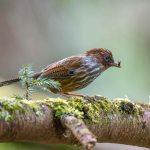

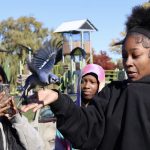
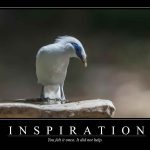
Great review, Mark! I love the lead photo. I’m assuming that at 20 cents your Rima the Jungle Girl comic book is from your collection? It’s also very relevant to the recent ‘lumping’ of Northern and Southern Crested Caracaras. I’ve seen Crested Caracara in New Jersey and New York, but Maine? That is pretty far north.
Donna, thank you for your kind words.
I bought the Rima the Jungle Girl comic book just a week or two ago, out of curiosity, and to use in the review. The Comic store guy told me it was from the 1970’s, Cost today: $7.50.
(I don’t have a collection of comics — if you can use the Rima comic book, I’ll be happy to send it to you.)
Anyway, thanks again!